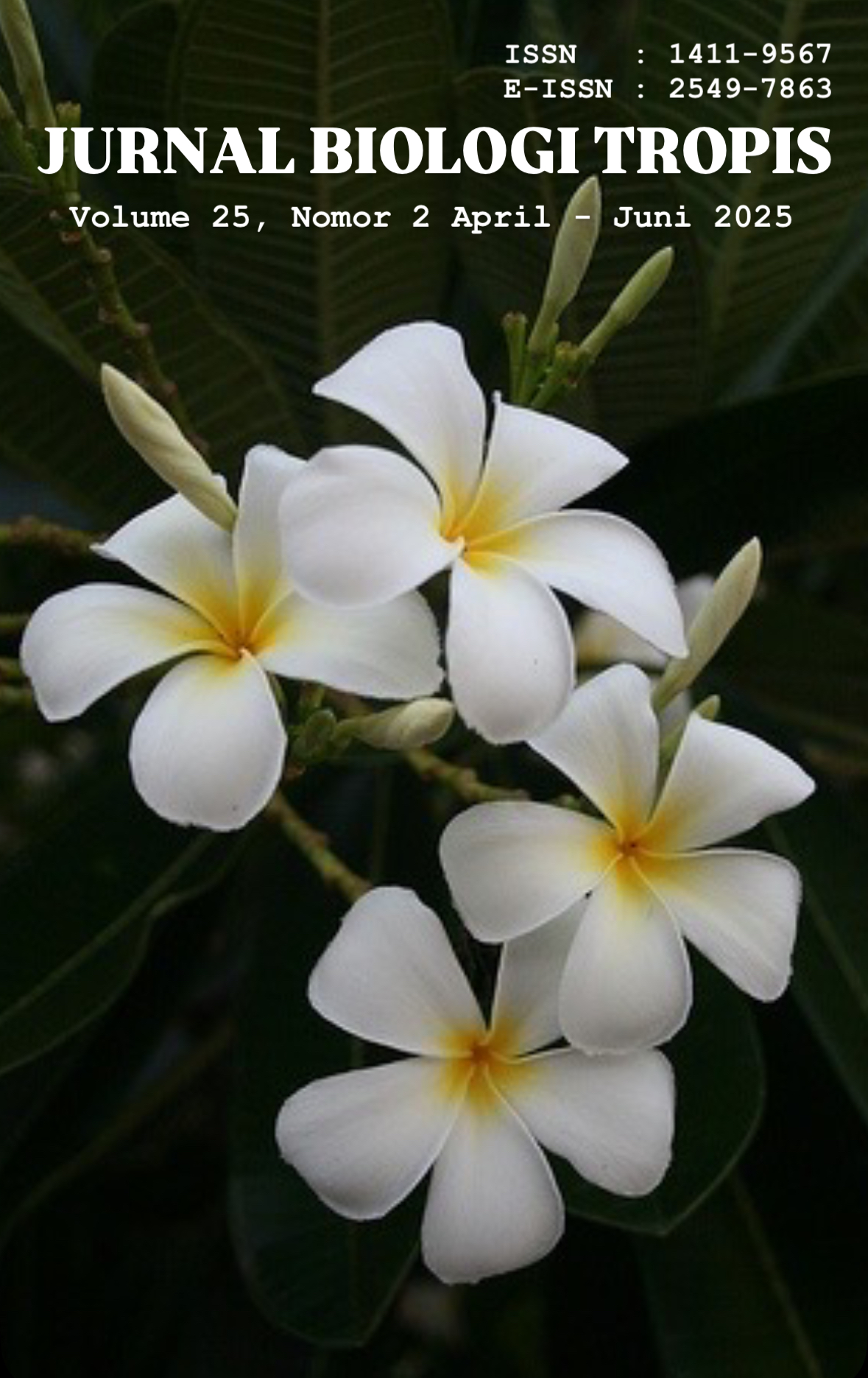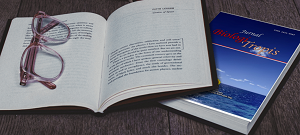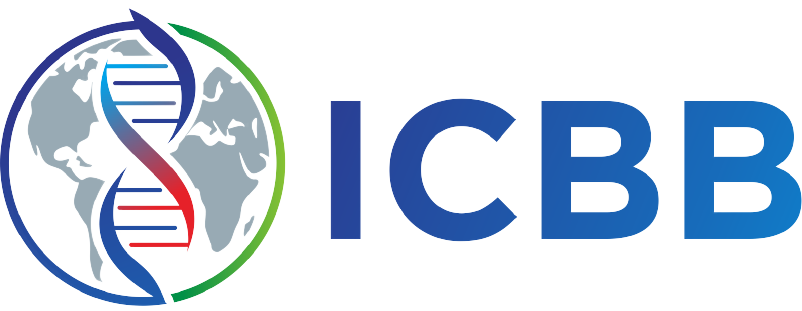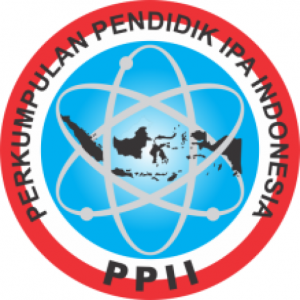Betasianin Analysis of Dragon Fruit (Hyolecerus polyrhizus) West Sumatra as A Natural Colorant
Authors
Amaliani Putri , Elsa Yuniarti , Violita Violita , Moralita ChatriDOI:
10.29303/jbt.v25i2.8866Published:
2025-04-30Issue:
Vol. 25 No. 2 (2025): April-JuniKeywords:
Betacyanin, natural food colorant, Hylocereus polyrhizus, West Sumatra, UV-Vis spectrophotometry.Articles
Downloads
How to Cite
Downloads
Metrics
Abstract
The growing demand for natural food colorants, driven by consumer awareness of the health risks associated with synthetic additives, has increased the exploration of plant-based pigments. Betacyanin, a red-violet pigment in the betalain group, has drawn attention for its color stability and antioxidant properties. This study aimed to analyze the betacyanin content in the peel of red dragon fruit (Hylocereus polyrhizus) from two cultivation areas in West Sumatra (Tanah Datar and Bukittinggi) as a potential natural food colorant. The dragon fruit peels were dried, ground into powder, and extracted using 10% citric acid solution. The extract was concentrated and analyzed using UV-Vis spectrophotometry. Results showed a significant difference in betacyanin levels between the two sources: Tanah Datar samples had an average of 28.48±0.19 mg/100g, while Bukittinggi samples had 3.52±0.07 mg/100g. These findings suggest that geographical and environmental factors significantly affect pigment accumulation. It is recommended that Tanah Datar dragon fruit peel be further developed as a natural colorant due to its high betacyanin content, supporting sustainable practices and waste reduction in food processing.
References
Aberoumand, A., & Deokule, S. S. (2017). Safety assessment of Betalains as natural food colorant: A review. International Journal of Food Properties, 20(11), 2827-2840. https://doi.org/10.1080/10942912.2016.1263652
Belhadj Slimen, I., Najar, T., & Abderrabba, M. (2017). Chemical and antioxidant properties of betalains. Journal of Agricultural and Food Chemistry, 65(4), 675-689. https://doi.org/10.1021/acs.jafc.6b04208
BPOM. (2019). Peraturan Badan Pengawas Obat dan Makanan Nomor 11 Tahun 2019 tentang Bahan Tambahan Pangan. Badan Pengawas Obat dan Makanan Republik Indonesia.
Cai, Y., Sun, M., & Corke, H. (2016). Characterization and application of betalain pigments from plants of the Amaranthaceae. Trends in Food Science & Technology, 16(9), 370-376. https://doi.org/10.1016/j.tifs.2005.03.007
Dinas Pertanian Sumatera Barat. (2022). Laporan Tahunan Produksi Buah-Buahan Sumatera Barat 2022. Dinas Pertanian Provinsi Sumatera Barat.
Esatbeyoglu, T., Wagner, A. E., Schini-Kerth, V. B., & Rimbach, G. (2015). Betanin—A food colorant with biological activity. Molecular Nutrition & Food Research, 59(1), 36-47. https://doi.org/10.1002/mnfr.201400484
Esatbeyoglu, T., Wagner, A. E., Schini-Kerth, V. B., & Rimbach, G. (2015). Betanin—A food colorant with biological activity. Molecular Nutrition & Food Research, 59(1), 36-47. https://doi.org/10.1002/mnfr.201400484
Fernández-López, J. A., Angosto, J. M., Giménez, P. J., & León, G. (2018). Thermal stability of selected natural red extracts used as food colorants. Plant Foods for Human Nutrition, 68(1), 11-17. https://doi.org/10.1007/s11130-013-0337-1
Gengatharan, A., Dykes, G. A., & Choo, W. S. (2020). Stability of betacyanin from red pitahaya (Hylocereus polyrhizus) and its potential application as a natural colourant in milk. International Journal of Food Science & Technology, 52(2), 427-434. https://doi.org/10.1111/ijfs.13295
Grand View Research (2021). Natural food colors market size, share & trends analysis report by product (Carotenoids, Anthocyanins, Betacyanins), by form, by application, by region, and segment forecasts, 2021-2028. https://www.grandviewresearch.com/industry-analysis/natural-food-colors-market
Guerrero-Rubio, M. A., Hernández-García, S., García-Carmona, F., & Gandía-Herrero, F. (2019). Extension of life-span using a RNAi model and in vivo antioxidant effect of Opuntia fruit extracts and pure betalains in Caenorhabditis elegans. Food Chemistry, 274, 840-847. https://doi.org/10.1016/j.foodchem.2018.09.067
Hua, Q., Chen, C., Tel-Zur, N., Wang, H., Song, S., Luan, F., & Li, X. (2021). Effects of ultraviolet treatments on the storage quality of red pitaya fruit (Hylocereus polyrhizus) and an analysis of betacyanin photostability. Food Chemistry, 345, 128608. https://doi.org/10.1016/j.foodchem.2020.128608
Ibrahim, N. U., Aziz, S. A., & Nawi, N. M. (2018). Extraction and identification of potential yield enhancers from dragon fruit peel. International Food Research Journal, 25(1), 167-175.
Khan, M. I. (2016). Plant betalains: Safety, antioxidant activity, clinical efficacy, and bioavailability. Comprehensive Reviews in Food Science and Food Safety, 15(2), 316-330. https://doi.org/10.1111/1541-4337.12185
Luo, H., Cai, Y., Peng, Z., Liu, T., & Yang, S. (2020). Chemical composition and in vitro evaluation of the cytotoxic and antioxidant activities of supercritical carbon dioxide extracts of pitaya (dragon fruit) peel. Chemistry Central Journal, 8(1), 1-7. https://doi.org/10.1186/1752-153X-8-1
Martins, N., Roriz, C. L., Morales, P., Barros, L., & Ferreira, I. C. (2016). Food colorants: Challenges, opportunities and current desires of agro-industries to ensure consumer expectations and regulatory practices. Trends in Food Science & Technology, 52, 1-15. https://doi.org/10.1016/j.tifs.2016.03.009
Mohd Adzim Khalili, R., Norhayati, A. H., Rokiah, M. Y., Asmah, R., Siti Muskinah, M., & Abdul Manaf, A. (2020). Hypocholesterolemic effect of red pitaya (Hylocereus sp.) on hypercholesterolemia induced rats. International Food Research Journal, 16, 431-440.
Naderi, N., Ghazali, H. M., Hussin, A. S. M., Amid, M., & Muhialdin, B. J. (2018). Characterization and stability of pigments extracted from Sargassum muticum (Yendo) Fensholt. Food Chemistry, 124(3), 847-852. https://doi.org/10.1016/j.foodchem.2010.07.002
Priatni, S. dan Pradita, A. 2015. Stability study of betacyanin extract from red dragon fruit (Hylocereus polyrhizus) peels. Procedia Chemistry, 16: 438–444. https://doi.org/10.1016/j.proche.2015.12.076
Rahimi, P., Abedimanesh, S., Mesbah-Namin, S. A., & Ostadrahimi, A. (2019). Betalains, the nature-inspired pigments, in health and diseases. Critical Reviews in Food Science and Nutrition, 59(18), 2949-2978. https://doi.org/10.1080/10408398.2018.1479830
Song, H., Chu, Q., Yan, F., Yang, Y., Han, W., & Zheng, X. (2019). Red pitaya betacyanins protects from diet-induced obesity, liver steatosis and insulin resistance in association with modulation of gut microbiota in mice. Journal of Gastroenterology and Hepatology, 34(7), 1145-1152. https://doi.org/10.1111/jgh.14536
Tenore, G. C., Novellino, E., & Basile, A. (2019). Nutraceutical potential and antioxidant benefits of red pitaya (Hylocereus polyrhizus) extracts. Journal of Functional Foods, 13, 584-594. https://doi.org/10.1016/j.jff.2014.09.003
Vargas-Campos, L., Valle-Guadarrama, S., Martínez-Bustos, F., Salinas-Moreno, Y., Lobato-Calleros, C., & Aguirre-Mandujano, E. (2018). Encapsulation and pigmenting potential of betalains from Stenocereus pruinosus fruits. Journal of Food Science and Technology, 55(7), 2464-2474. https://doi.org/10.1007/s13197-018-3166-2
Vargas-Campos, L., Valle-Guadarrama, S., Martínez-Bustos, F., Salinas-Moreno, Y., Lobato-Calleros, C., & Aguirre-Mandujano, E. (2018). Encapsulation and pigmenting potential of betalains from Stenocereus pruinosus fruits. Journal of Food Science and Technology, 55(7), 2464-2474. https://doi.org/10.1007/s13197-018-3166-2
Widyasanti, A., Arsyad, M.Z., dan Wulandari, E. 2021. Ekstraksi antosianin kulit buah naga merah (Hylocereus polyrhizus) menggunakan metode maserasi. Jurnal Agroindustri, 11(2): 72–81. https://doi.org/10.31186/j.agroind.11.2.72-81
Wybraniec, S., & Mizrahi, Y. (2002). Fruit flesh betacyanin pigments in Hylocereus cacti. Journal of Agricultural and Food Chemistry, 50(21), 6086-6089. https://doi.org/10.1021/jf020145k
Zainoldin, K. H., & Baba, A. S. (2021). The effect of Hylocereus polyrhizus and Hylocereus undatus on physicochemical, proteolysis, and antioxidant activity in yogurt. World Academy of Science, Engineering and Technology, 60, 361-366.
License
Copyright (c) 2025 Amaliani Putri, Elsa Yuniarti, Violita Violita, Moralita Chatri

This work is licensed under a Creative Commons Attribution 4.0 International License.

Jurnal Biologi Tropis is licensed under a Creative Commons Attribution 4.0 International License.
The copyright of the received article shall be assigned to the author as the owner of the paper. The intended copyright includes the right to publish the article in various forms (including reprints). The journal maintains the publishing rights to the published articles.
Authors are permitted to disseminate published articles by sharing the link/DOI of the article at the journal. Authors are allowed to use their articles for any legal purposes deemed necessary without written permission from the journal with an acknowledgment of initial publication to this journal.


























